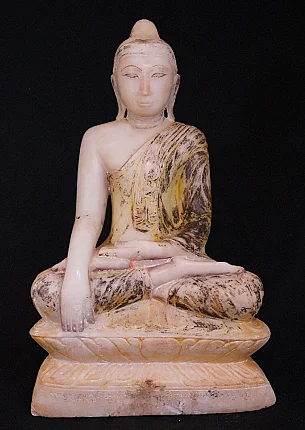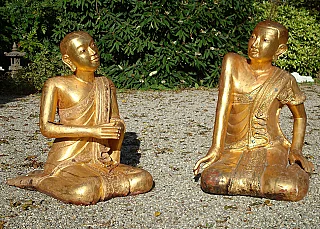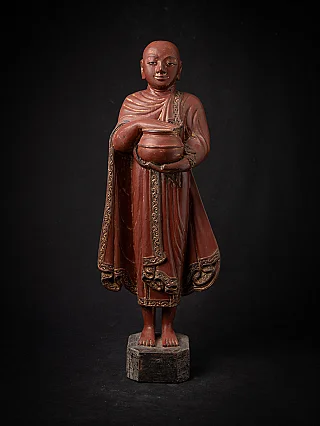Buddhism in Burma

Buddhism is a religion with two main branches: Theravada and Mahayana. In Burma, Theravada Buddhism is the dominant form of Buddhism, with approximately 89% of the population practicing it.
Theravada Buddhism, also known as the "school of the elders," is considered the oldest and purest form of Buddhism. It emphasizes individual liberation, where each person must use their own power to achieve enlightenment, rather than relying on others.
In contrast, Mahayana Buddhism has Bodhisattvas, who are enlightened beings that remain on earth to guide others towards enlightenment.
Buddha is present everywhere
Buddhism is deeply ingrained in daily life in Burma. There are thousands of pagodas throughout the country, and Buddhist practices can be seen everywhere, from the streets to the pagodas themselves. People work on pagodas, give food to monks, and make offerings to Buddhas, often spending part of their modest income on purchasing gold leaf to decorate Buddha statues as a form of religious credit.
Buddha is omnipresent in Burma, and the country is unique in its strong connection between daily life and Buddhism. Understanding the influence of Theravada Buddhism in Burma can give us a deeper appreciation of this fascinating religion.
Share this page



















































